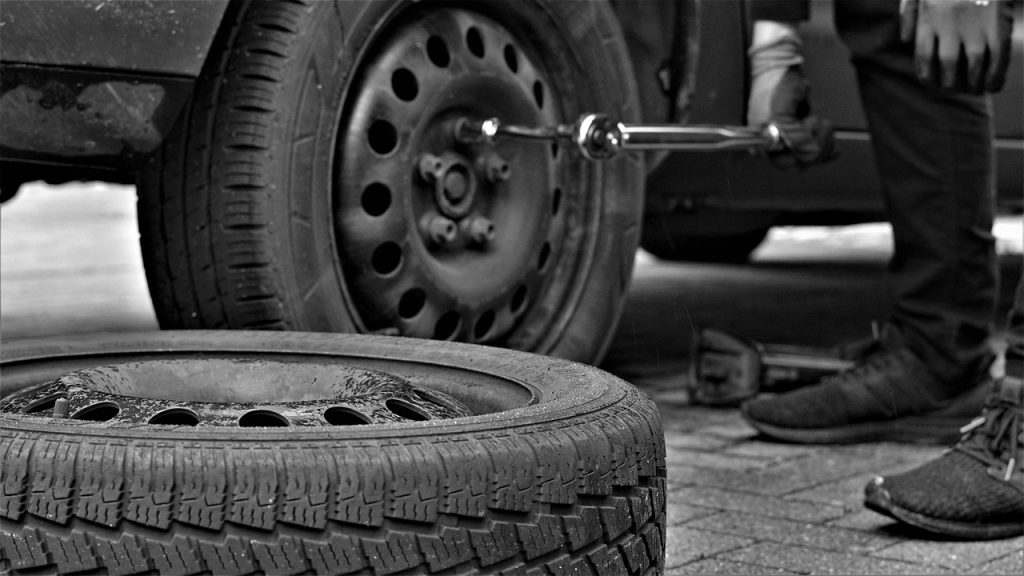Your Honda’s safety heavily relies on its tires. They are the only components of your vehicle that come in contact with the road, and as a result, they are constantly exposed to wear and tear. Below, your Honda dealer gives tips on determining when it’s time to get new tires for your Accord, Pilot, or Ridgeline.

Does Your Honda Need New Tires From Your Honda Dealer?
Check the Age of the Tires
To know how long your tires will last, check their expiration date. The last four digits of the 16-digit tire identification number on the sidewall of each tire show the week and year in which the tire was manufactured. While some tires can last longer than six years, replacing them before the 10-year mark is best. This is because the rubber degrades over time due to environmental factors.
Even if a tire appears in good overall condition, it may have underlying structural damage. It’s important to remember that a tire that’s ten years old is too old, regardless of how well you have maintained or stored it.
You Can See the Tire Tread Wear Indicators
The majority of tires come with tread wear indicators that are embedded in the rubber. As you drive and the tire treads wear down, the wear indicators become more visible. These indicators are easily noticeable at 2/32″ of the remaining tread. If you can see the tire tread wear indicators, your tire is worn, and you need to replace it.
Perform the Penny Test
If you wonder if there’s enough tread left on your tires to be safe on the road, follow the National Highway Traffic Safety Administration (NHTSA) recommendation for replacing your tires when the tread depth reaches 2/32″. To check the tread depth, place a penny with Lincoln’s head facing the tire between the grooves. If you can see the top of his head, the treads are worn, and it’s time to replace your tires.
The Tires Are Worn Down Unevenly
If you look at your tires and see sections where the wear indicators are more visible than in other areas, your tire treads are wearing unevenly. Uneven wear occurs when your tires are not properly inflated or rotated regularly. If the uneven wear is excessive, it’s best to replace your tires right away.
You Notice Visible Tire Damage
Examine the sidewalls of the tires regularly for damage. Even though some shallow punctures caused by nails or cuts can be repaired, damage to the tire’s sidewall is an exception. Cracks, bulges, and blisters will cause structural damage, which can lead to tread separation or a blowout. If you see sidewall damage, don’t compromise your safety. Replace your tires immediately.
Driving on worn or damaged tires can affect your Honda’s handling, increase the chances of a blowout, cause you to lose control of your vehicle, and put your safety at risk. If it’s time to replace your tires, stop at Honda of New Rochelle today, and the team of friendly tire experts will help you find the correct set fast.




